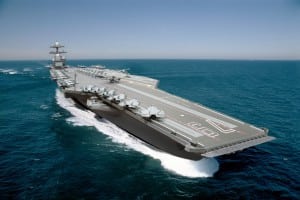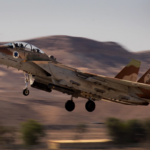
The U.S. Navy is increasingly confident in its new advanced arresting gear (AAG) for aircraft carriers and has decided against pursuing an alternative landing system, the service announced late Jan. 23.Although the new advanced arresting gear (AAG), the landing system for the first Ford-class carrier, the USS Gerald R. Ford (CVN-78), has had technical glitches, schedule delays and cost overruns, it has made enough progress recently to convince the Navy that the AAG should go on the second and third…

 By
By 











